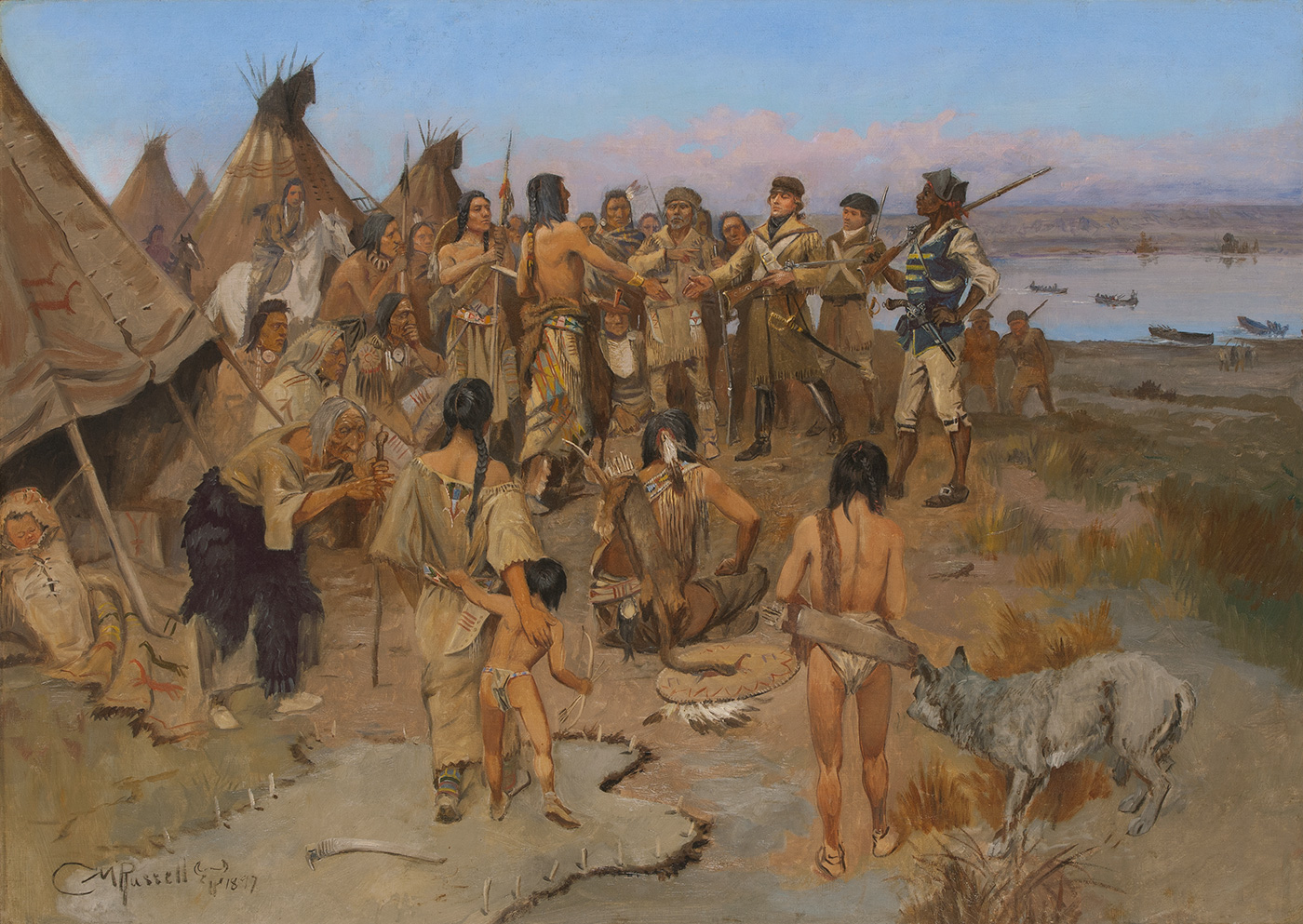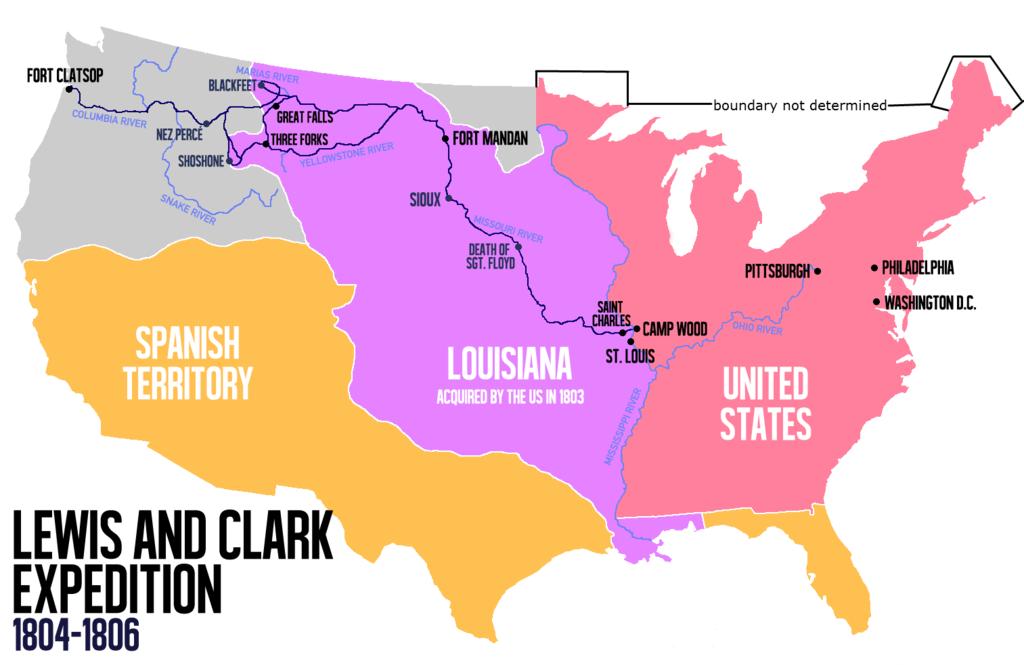

Some detail, we also had made sure of another important difference: unlike the Corps Having studied the history of the expedition in Unlike the Corps ofĭiscovery, we felt no concerns about grizzly bears (they disappeared from the river aĬentury ago), getting lost (we had precise maps and an experienced outfitter), orįinding horses when the canoe portion of our journey ended (a chartered bus was hired In and day out against the Missouri's relentless current.

People our age), but nothing we did could be compared to dragging bulky dugouts day Paddled downstream to our camp (which was tiring enough for Men under the command of Lewis and Clark (along with one teenaged Indian woman and her infant son). On average our group's members were about thirty years older than the young Our geographical location–most of the similarities between the two expeditionsĮnded. There were about thirty of us in the group, roughly the same numberĪs in the original Corps of Discovery. The campfire and gazed at the silent cliffs reflected in the river, tinged pink by

Nearly two centuries later we found the enchantment equally palpable as we sat around Seemed as if those seens of visionary inchantment would never have an end." One of his most lyrical journal passages about the wondrous landscape he and his men Majestic White Cliffs of north-central Montana, close to the exact spot where, or 31 Pleasant day of paddling canoes on the Missouri River, we camped amid the eerie and Some of the most scenic stretches of the Lewis and Clark Trail. DAYTON DUNCAN Introduction to the Bison Books EditionĪ few years ago I was helping my friend Stephen Ambrose lead a group of people along


 0 kommentar(er)
0 kommentar(er)
